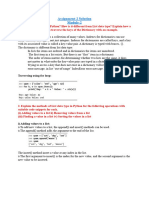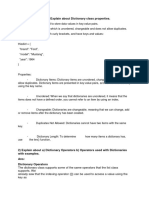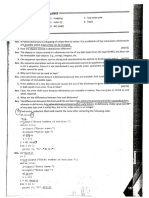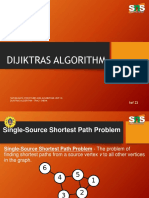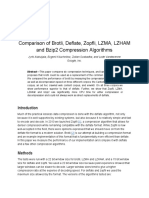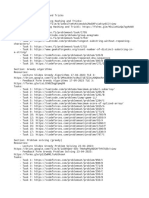0% found this document useful (0 votes)
15 views3 pagesPython Assignment Unit2 Full
The document provides an overview of Python lists and dictionaries, detailing their features, operations, and differences. It includes examples of list operations such as replacing, inserting, removing, searching, and sorting, as well as dictionary operations like adding, removing keys, accessing, and replacing values. Additionally, it presents programs for managing student information and character frequency analysis using these data structures.
Uploaded by
jitendersingh74950Copyright
© © All Rights Reserved
We take content rights seriously. If you suspect this is your content, claim it here.
Available Formats
Download as PDF, TXT or read online on Scribd
0% found this document useful (0 votes)
15 views3 pagesPython Assignment Unit2 Full
The document provides an overview of Python lists and dictionaries, detailing their features, operations, and differences. It includes examples of list operations such as replacing, inserting, removing, searching, and sorting, as well as dictionary operations like adding, removing keys, accessing, and replacing values. Additionally, it presents programs for managing student information and character frequency analysis using these data structures.
Uploaded by
jitendersingh74950Copyright
© © All Rights Reserved
We take content rights seriously. If you suspect this is your content, claim it here.
Available Formats
Download as PDF, TXT or read online on Scribd
/ 3

















